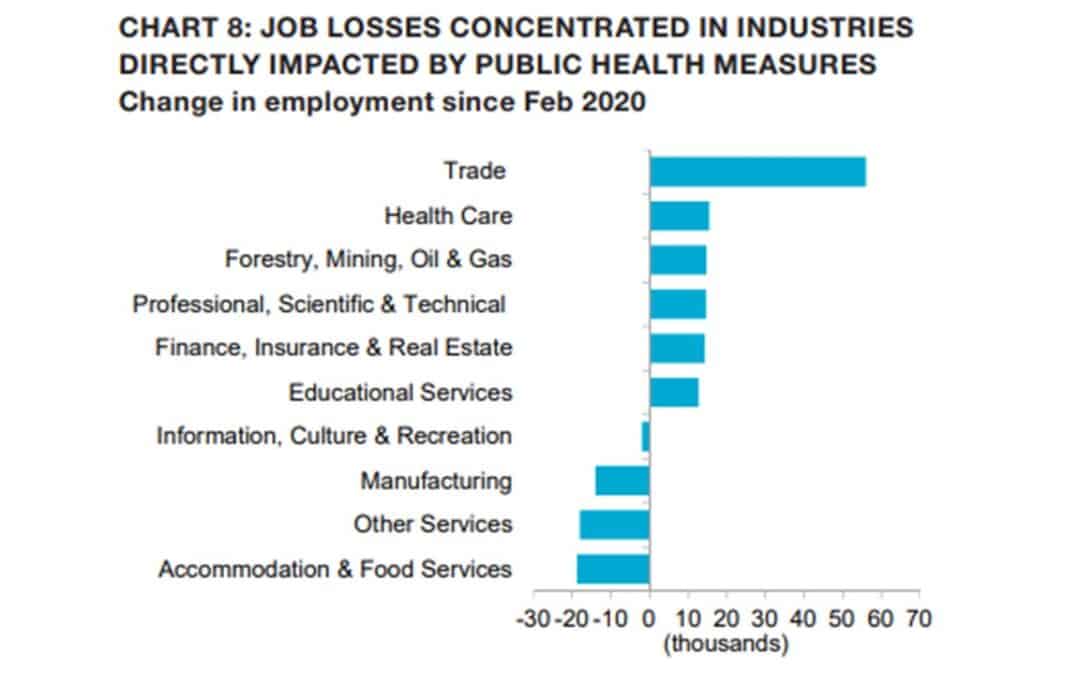April Alberta Labour market update:
Private Sector Surges, but Jobs in Goods Continues to Fall
Private, service-sector jobs continue to surge with 17,500 additional jobs in April. Employment in goods sectors declines for the third month, losing 1400 more jobs in April.
The Alberta economy is transitioning towards being more service-based. We expect mismatches of skill sets and drastic swings in displaced workers moving from industrial to service work in the coming months and years.
Unemployment and Labour Participation Rates
Alberta’s labour market unemployment rate declined to 5.9%, and the labour market participation also declined, dropping to 69.2%.
Average Wage Rates and Earnings
Average wages ($33.25) are up 1.8% year over year, recovering slightly from the significant drop in 2020-2021. On the other hand, average earnings are up by 1% from last year.
Increased operational costs leave less room for wage increases, and employers navigate tremendous uncertainty in today’s market. This reality creates the need for nuanced communications between employers and employees as each experienced increased costs to run their lives and operations.
Canada Benchmarks
Meanwhile, Canada’s unemployment rate fell to 5.2%, and average wages increased 3.3% yearly.
Job Vacancies
Job vacancy rates are at 4.5%. Focused areas such as services and IT and general labour associated with civil work suffer staff shortages.
Population
Alberta’s population growth is at 1.4% year to date. Increased immigration and access to temporary foreign workers are required to meet Alberta’s labour market demands.
The shortage of civil trades will eventually be the bottleneck for work opportunities for those involved in other industrial work. It is no longer good enough to look at a project from the standpoint of it being shovel-ready as a whole. Due to the uneven distribution of vacancies and unemployment rates across trades, it is necessary to determine what phase of a project will be shovel-ready.


Recent Comments